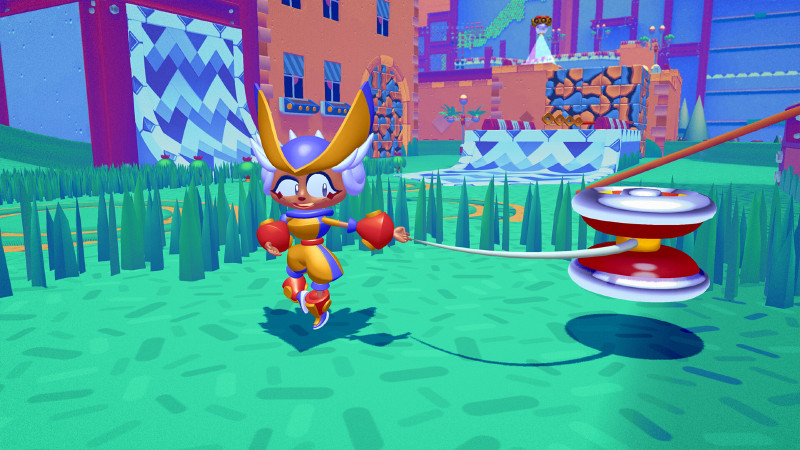
It’s been a long time since Little Devil Inside, a promising survival action RPG from indie developer Neostream, has made any noise. The game’s last substantial update came in October 2021. But after over two years of silence, Neostream has come back with a new trailer and cryptic update hinting at what’s been going on with the team.
As reported by The Indie Informer, Neostream’s Kickstarter post, published yesterday, apologizes for the lack of updates and cryptically alludes to an internal conflict within the team, potentially due to clashing visions about the game, being one of the causes. It states in part,
We became a team, then grew into a company and tried many hands to make light work.
Along the way in all efforts to making a great game, many great people have come and gone.
People with respectable but different purposes and pursuits.
In sharing these differences and thoughts, we were sometimes touched and moved and sometimes in conflict.
We are responsible for not being able to embrace the differences.
And of course, sincere apologies to you all.
The rest of Neostream’s update indicates the team has reduced in size but confirms that the founders and core members remain at the studio. The studio assures backers that Little Devil Inside still exists and that it is currently discussing publishing before it can give fans a more substantial update. Until then, the team has prepared a six-minute montage video showing off the game running in Unreal Engine 5.
Litt[embedded content]
Little Devil Inside was first revealed way back in 2015 with the launch of its Kickstarter campaign, but it gained its first mainstream recognition as part of the 2020 PlayStation 5 showcase prior to the console’s launch. You play as an explorer who embarks on research mission at the behest of a university professor to explore a large world filled with beasts both real and supernatural. You’ll visit different towns along the way to meet quirky citizens, defend yourself from threats with a sword, and engage in survival mechanics like camping and cooking. Despite how much time as past, we ultimately still know relatively little about Little Devil Inside but it has remained a charmer each time it resurfaces.
Little Devil Inside has no release window but we’re hoping to learn more concrete details in the near future.






